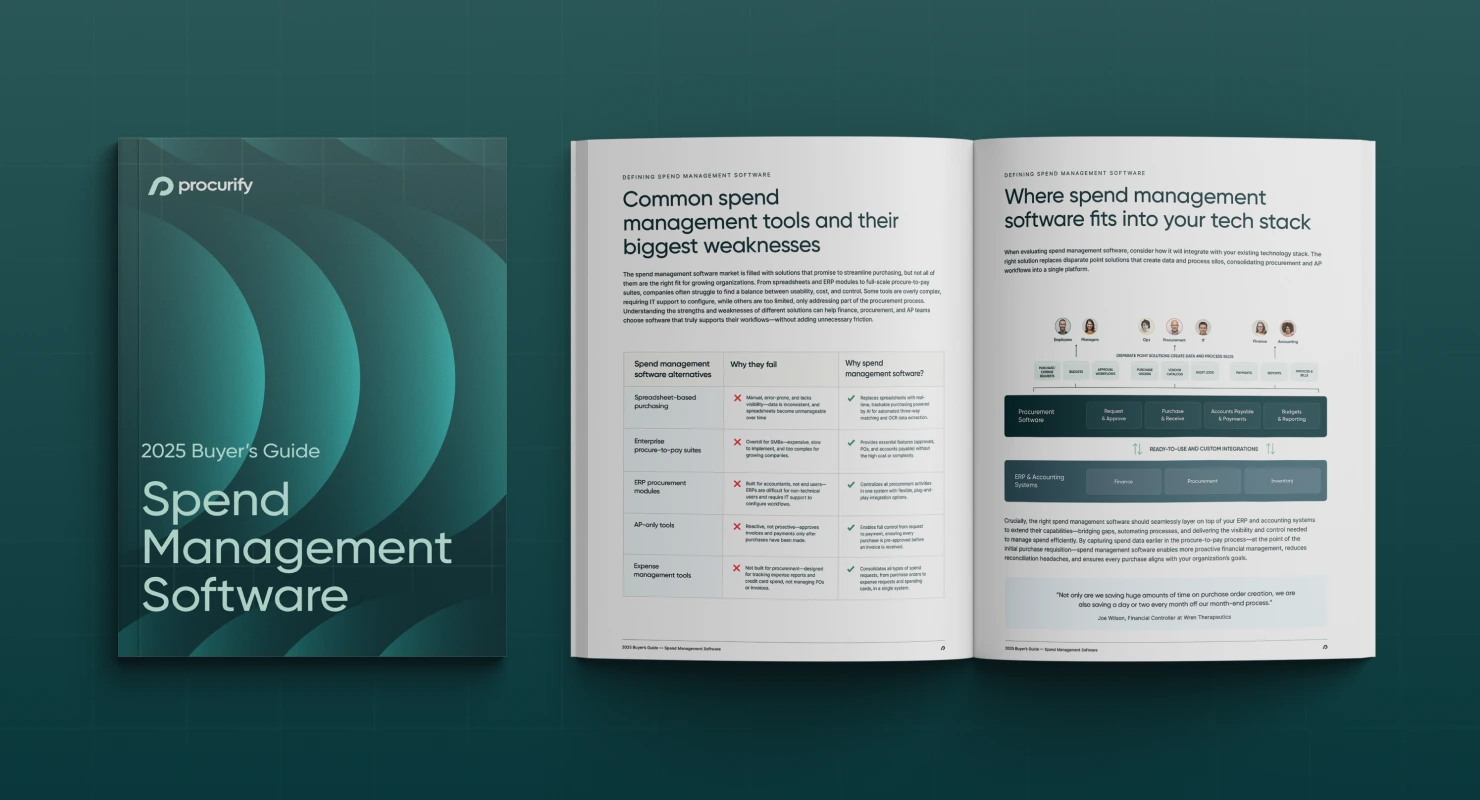Cash Management for High-Growth Companies
So, you’ve started a business, and now it’s rapidly growing. You may be making money, but you must not get caught up in the joy of it. Remember that with the growth of businesses, expenses also increase.
Fast-growing companies most often struggle with cash flow. The main reason for this is poor management of assets. The right strategic decisions related to cash management can make or break your company.
What is Cash Management?
Big opportunities that lead to significant company growth make intelligent CEO decisions double in importance. You need to focus on that, not make hasty decisions under the impact of being short on assets.
Cash management is the procedure of collecting and managing your cash flow. While it does matter in individual finances, too, in businesses, it is the crucial element of the financial stability of a company.
All businesses depend on their cash flow, but it poses an additional challenge in high-growth companies. Thus, many business leaders will disregard it and hope they still have revenue when the new locations, inventory, and employees are well established.
However, studies show that such practices will lead to an obstacle in further expanding your business, or even it failing one day. On the other hand, maintaining your cash flow at an optimal level will keep the company above the water long term.
Let’s now take a look at some cash management principles and procedures for optimizing the cash flow in the frenzy of a growing business.
How to Manage Your Cash Flow?
Your ideal strategy for cash flow management will depend on the scale of your business and your spend culture. Still, these basic principles of cash management may assist any company in rising.
Produce Weekly or Monthly Forecasts
You may believe that forecasting cash flow is reserved for businesses in crisis. Not true.
It’s a crucial technique for any business. It can help you anticipate both gaps and surpluses in advance, and adapt your strategies to match the new information.
Your forecasts can happen as often as weekly or monthly, depending on your business. Either way, they come with many benefits:
- Forecasts help you notice shortages in assets – forewarned is forearmed.
- You may also notice a future surplus, and take advantage of it to invest and further grow your business.
- Forecasting helps you plan more confidently and become more confident in your financial system.
Adjust Your Spending
The big-spending decisions are sometimes necessary for growth. If you go overboard, though, you may suffer a deficit in your bank account. As a consequence, you can miss out on essential deals that can mean a lot for your business.
For that reason, take a look at your investments and ensure all the risks you take are well-educated. If your spending decisions are cost-effective, you will become more capable of adapting to a new, increased volume without compromising quality.
Adapt Your Prices
Problems with cash flow may mean that you charge too little for your goods and services. However, the decision to raise prices is a difficult one. Marketing is competitive, and you may fear that you will lose those who already operate with you by bumping them up.
Remember, though, that if your customers get a high return on their investments, they won’t even flinch when they see a new price. Use the new assets to better your service and be careful not to use this strategy too often, and it may end up being a lifesaver.
Look for Other Culprits
Not very often, but sometimes, your troubles may have little or nothing to do with cash flow. The glitch may come from the way your company collects its payment.
The second you make a deal, sign the contract. Give your customers a chance to pay for an entire year of services instead of paying monthly. Forecast the accuracy of your future invoices and make sure they get paid on time. These little things will make a big difference.
If nothing has helped until now, it is time to take a look at your business model. What worked for a small business may not work now that it’s growing. Explore how big companies generate revenue and adapt your model to match the new size of your company.
The Bottom Line
Finally, it’s important to note that it will take time to get your staff and clients in alignment. Once both sides understand the new work you do and how it gets paid, things will start running smoothly again.
Don’t let your books seep into chaos. Stay in control, and see your business thrive.

2025 Spend Management Software Buyer’s Guide
Choose the spend management solution best suited to your organization’s needs with an overview of the 2025 software ecosystem, feature comparisons, and a free vendor capability evaluation checklist.
